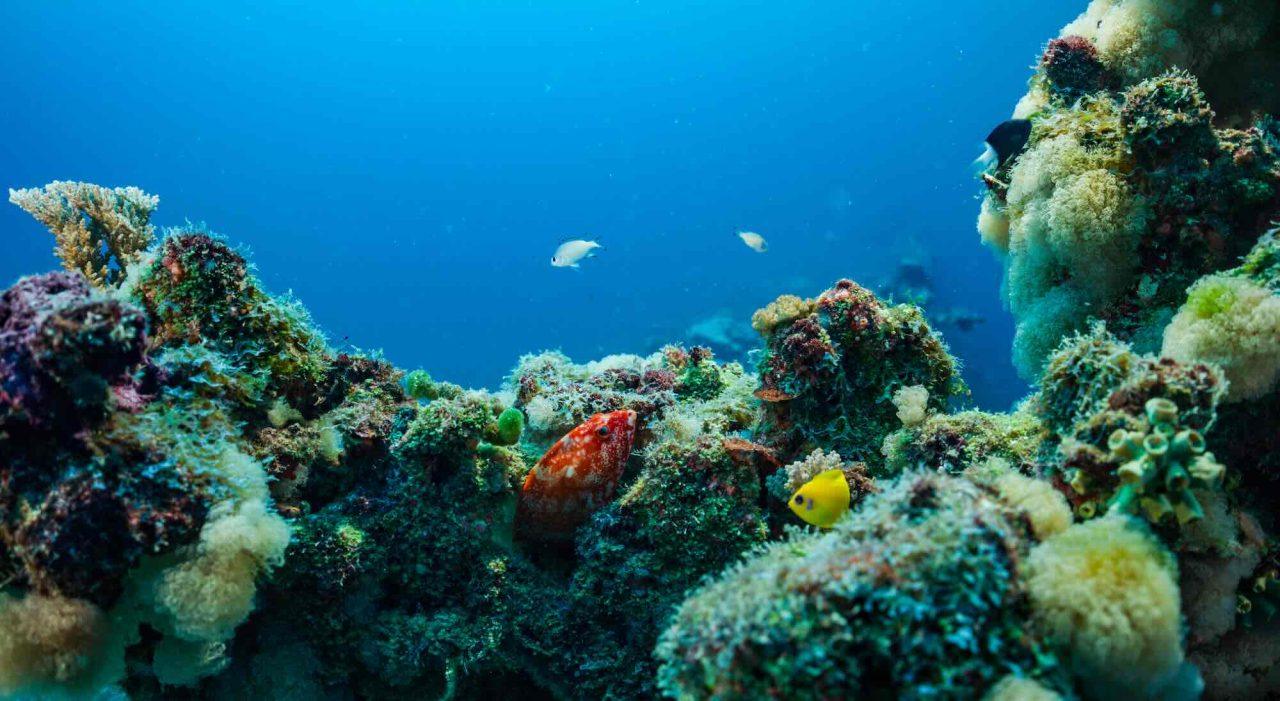
I write this as COP 16, the UN summit meeting on biodiversity, has just ended in the Colombian coastal city of Cali. On a human level there is progress: indigenous people are promised a stronger voice in the fight to protect threatened species on planet Earth. Many of these nations live near the oceans, some on islands that are also threatened with extinction because of climate change. Their voices will be important for the protection of those who inhabit the oceans.
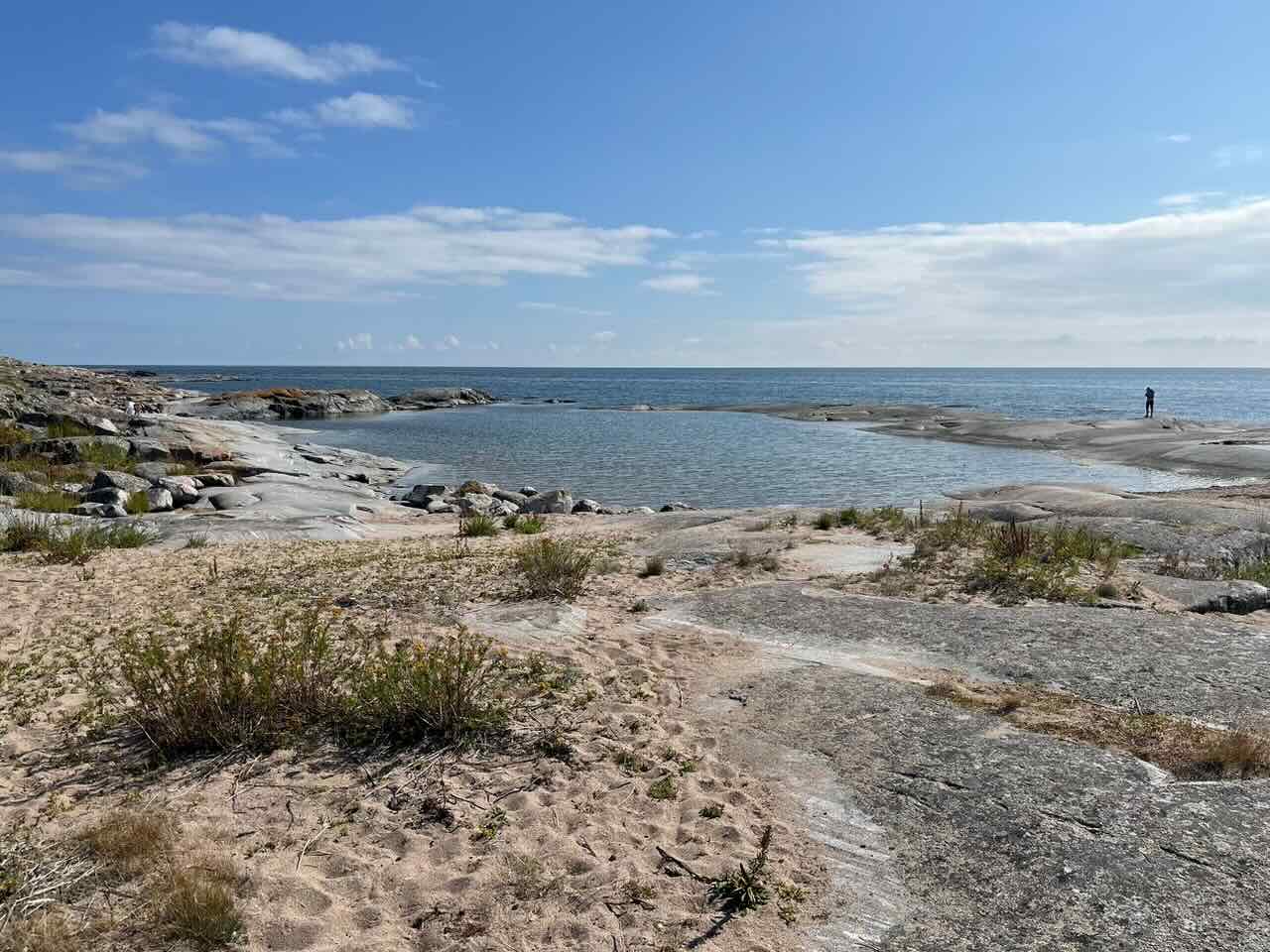
Can you feel anything but happiness, if you live on an island in the Baltic Sea and realize that a major chunk of the neighboring sea is about to become a national park? Many of us were both delighted and surprised in April 2020, when the Swedish government and our local municipality agreed that the outer Nämdö archipelago should become the first maritime national park on Sweden’s Baltic coast. Number two in the country, after Kosterhavet on the West Coast, inaugurated in 2007.
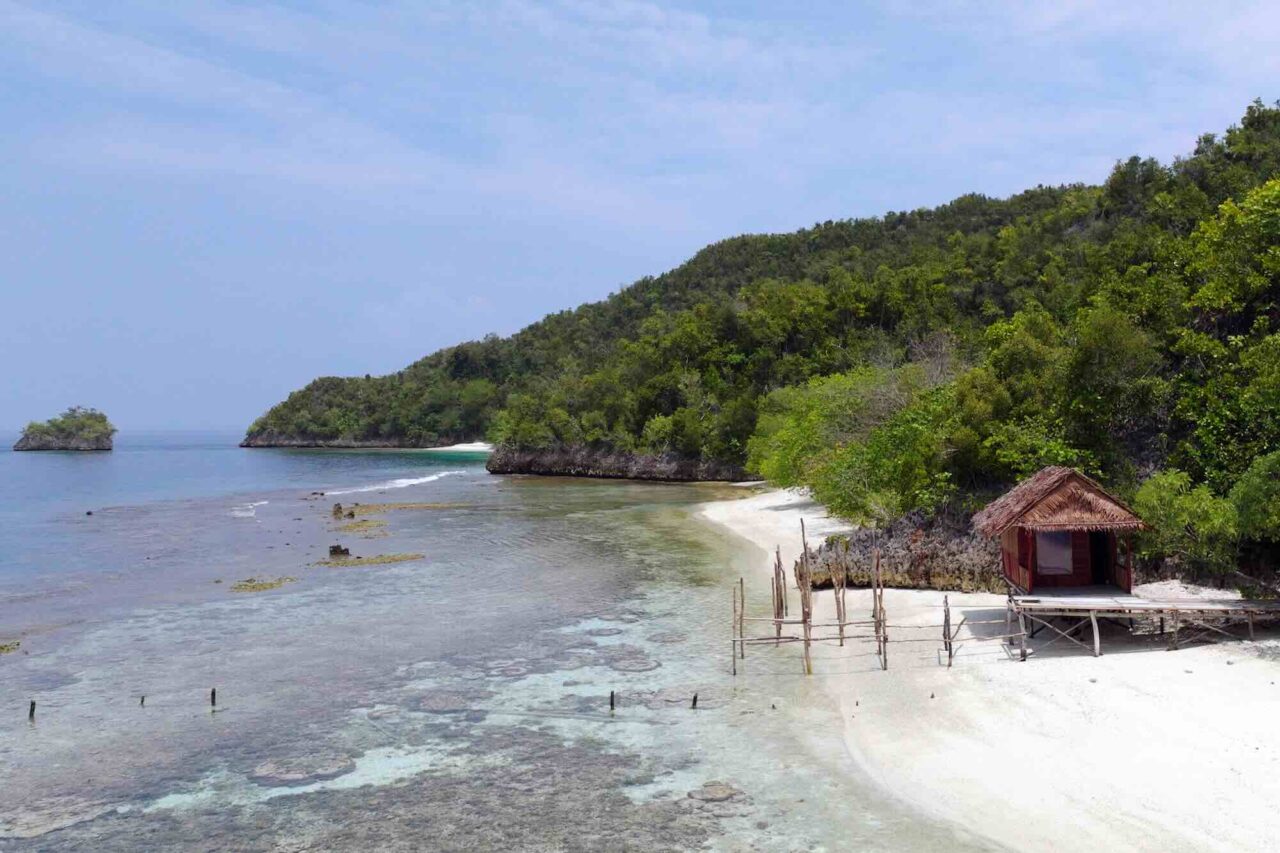
The Intergovernmental Oceanographic Commission of the United Nations Educational, Scientific and Cultural Organisation (UNESCO) has published this year's State of the Ocean Report, which describes the state of the ocean and marine life.

Three quarters of the world's industrial fishing vessels are "dark", they are not publicly tracked. This is shown by a new study, published in Nature, which with the help of space technology and AI managed to create the first global map of how we use the ocean. The fishing vessels dominate and most of them do it stealthily. The study shows that 75% of fishing vessels neglect to broadcast their positions, which may indicate illegal fishing.
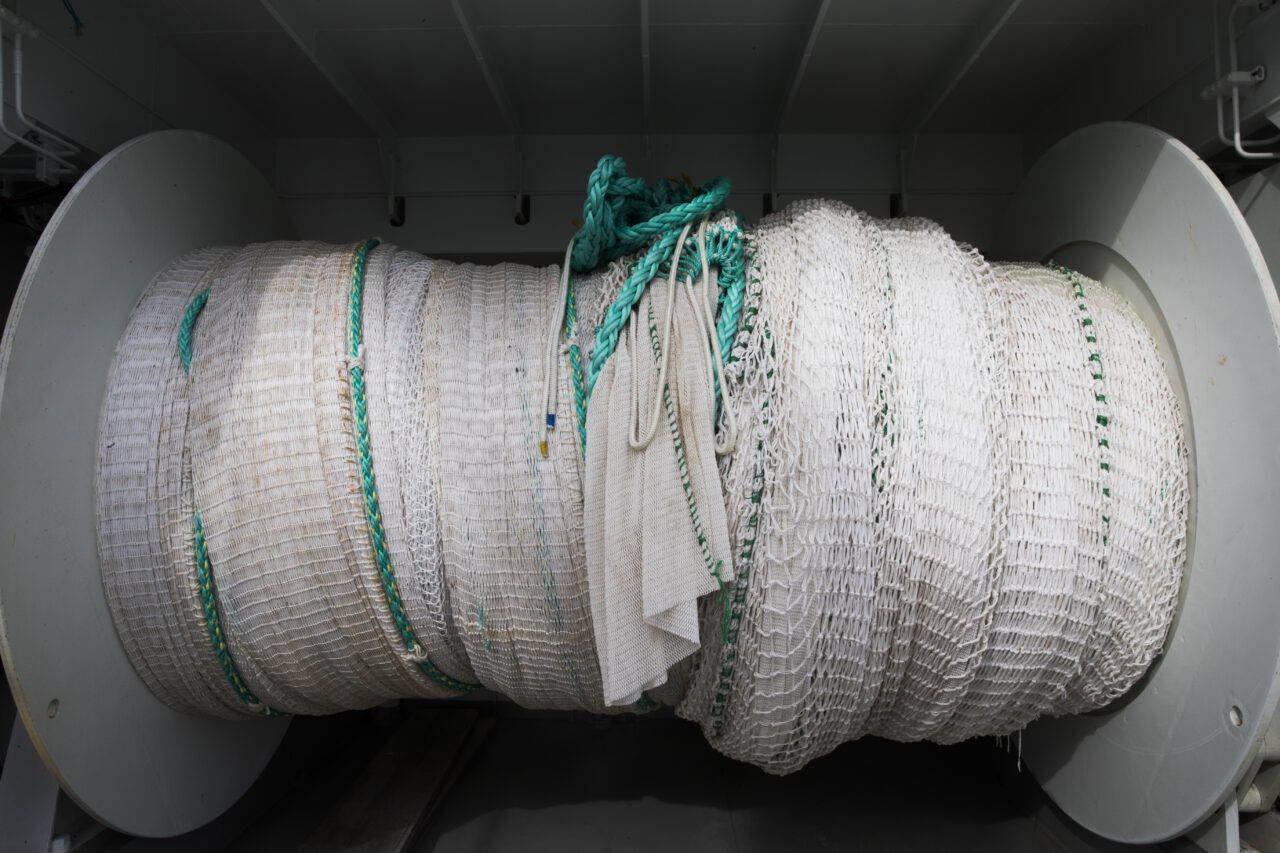
An investigation has been handed over to Rural Affairs Minister Peter Kullgren (KD) with proposals for a general ban on bottom trawling in protected sea areas.
Mattias Sköld is a researcher at SLU Aqua in Lysekil. He has been involved in filming the seabed in marine protected areas, including in Bratten, on behalf of the Norwegian Sea and Water Authority (HaV).
SLU Aqua in Lysekil has for several years filmed bottoms in three different marine protection areas. Bratten is a Natura 2000 area far out to sea towards the Norwegian border. It is located in an area that is one of Europe's most fished places. Here it is possible to trawl right through the protection area, except in certain specific zones. Watch in the feature what it looks like on the bottom after a trawl has pulled out.
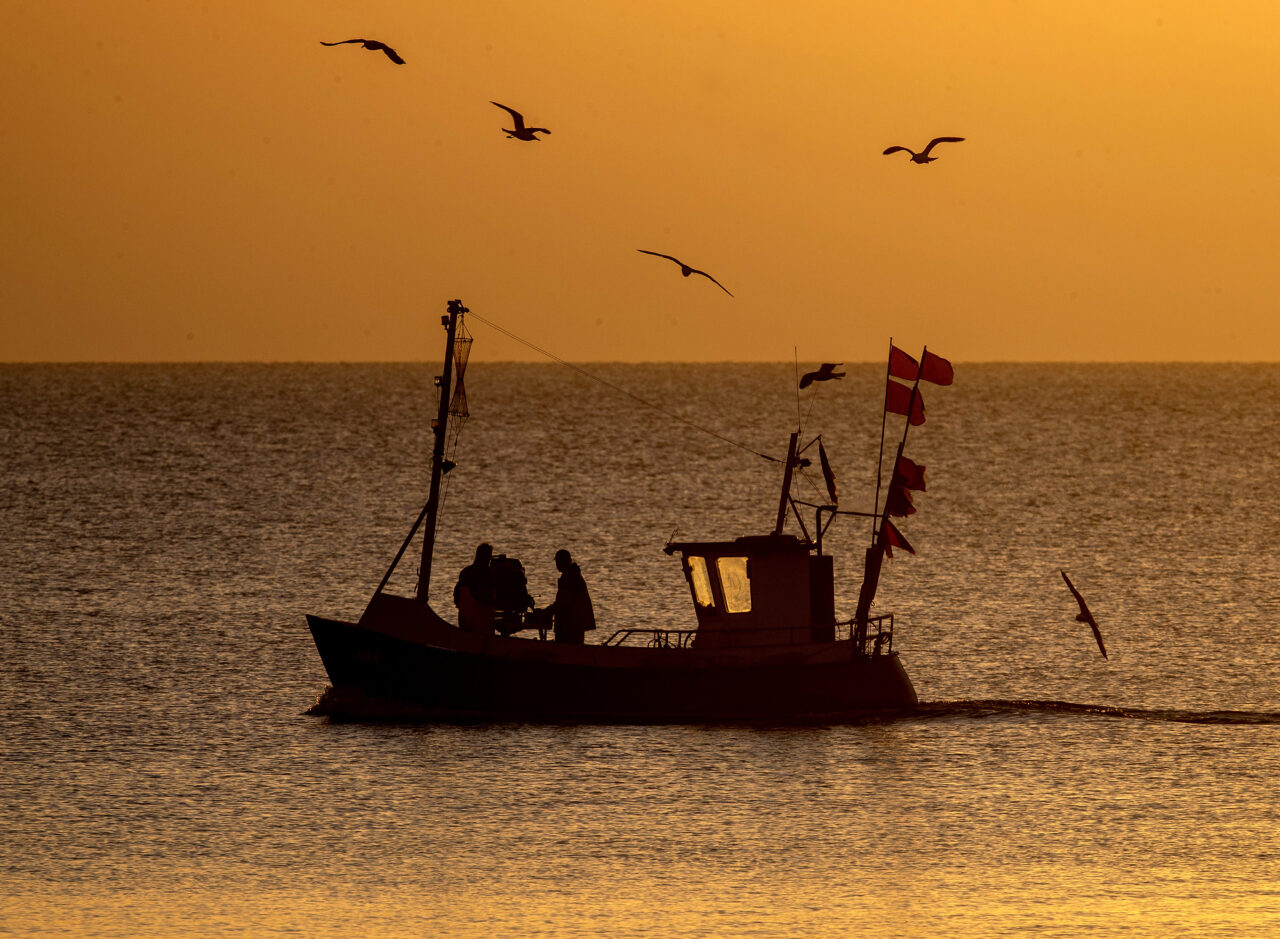
Bottom trawling is to be banned and phased out in all marine protected areas by 2030. The proposal is included in the European Commission's new action plan to save the marine ecosystem.
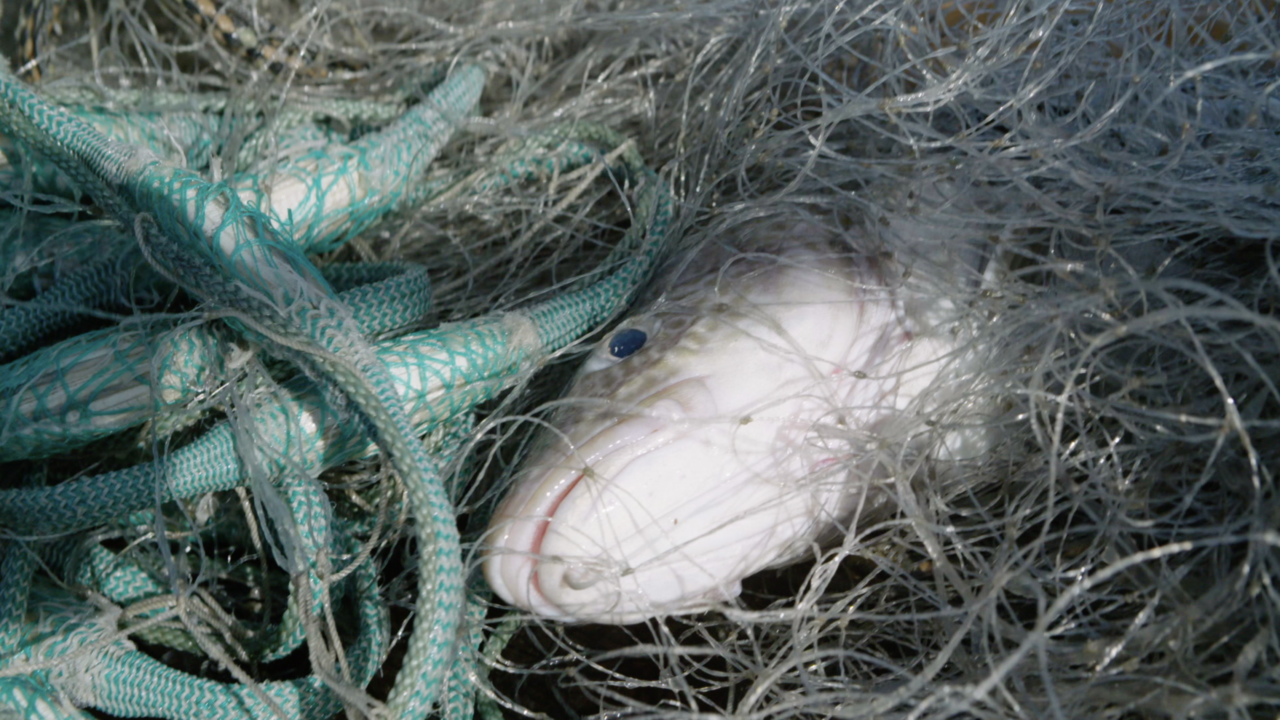
It’s now been scientifically proven. If you stop fishing, the number of fish increases! A new report from the Swedish University of Agricultural Sciences (SLU) confirms that no-take zones enhance fish populations and combat the effects of eutrophication.
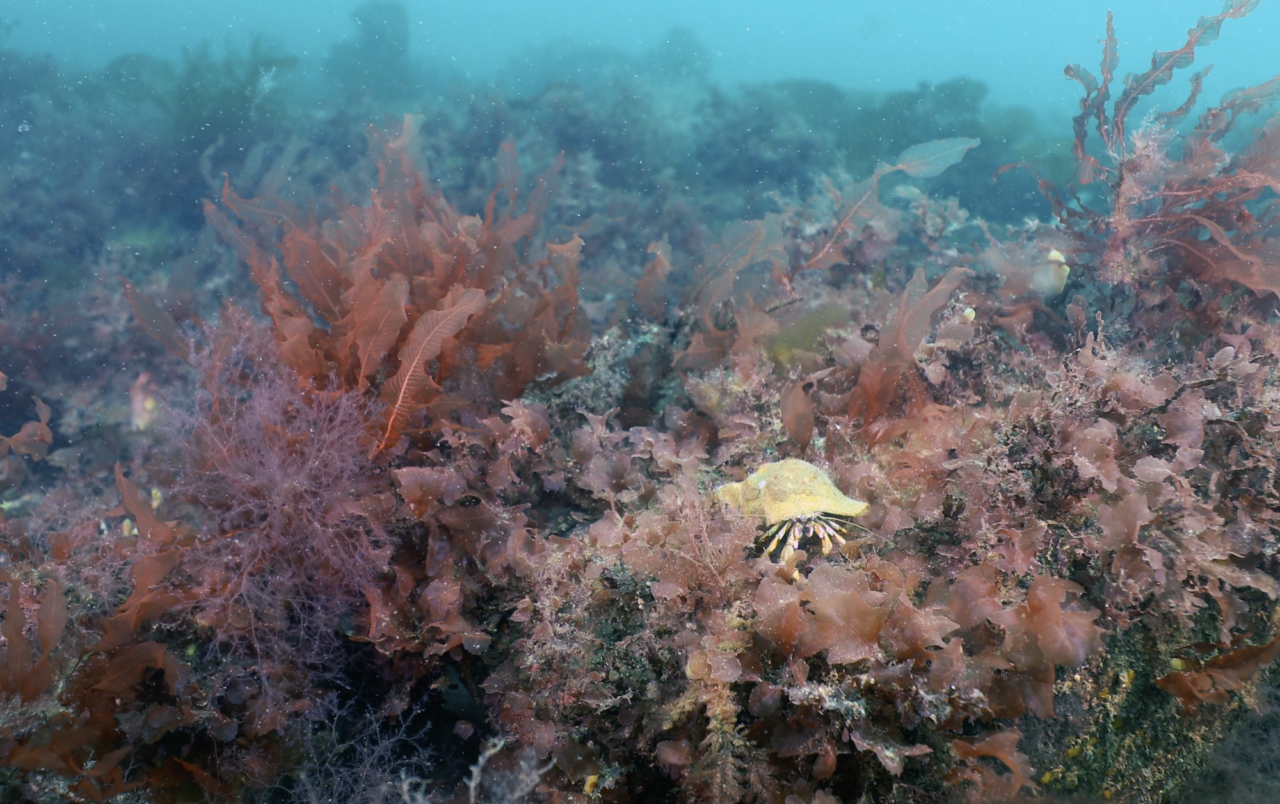
Öresund is a unique marine environment. In the waters between Denmark and Skåne, the sweet and oxygen-poor waters of the Baltic Sea meet the salty oxygen-rich water from the Kattegat. Trawl ban has been in place for almost 90 years